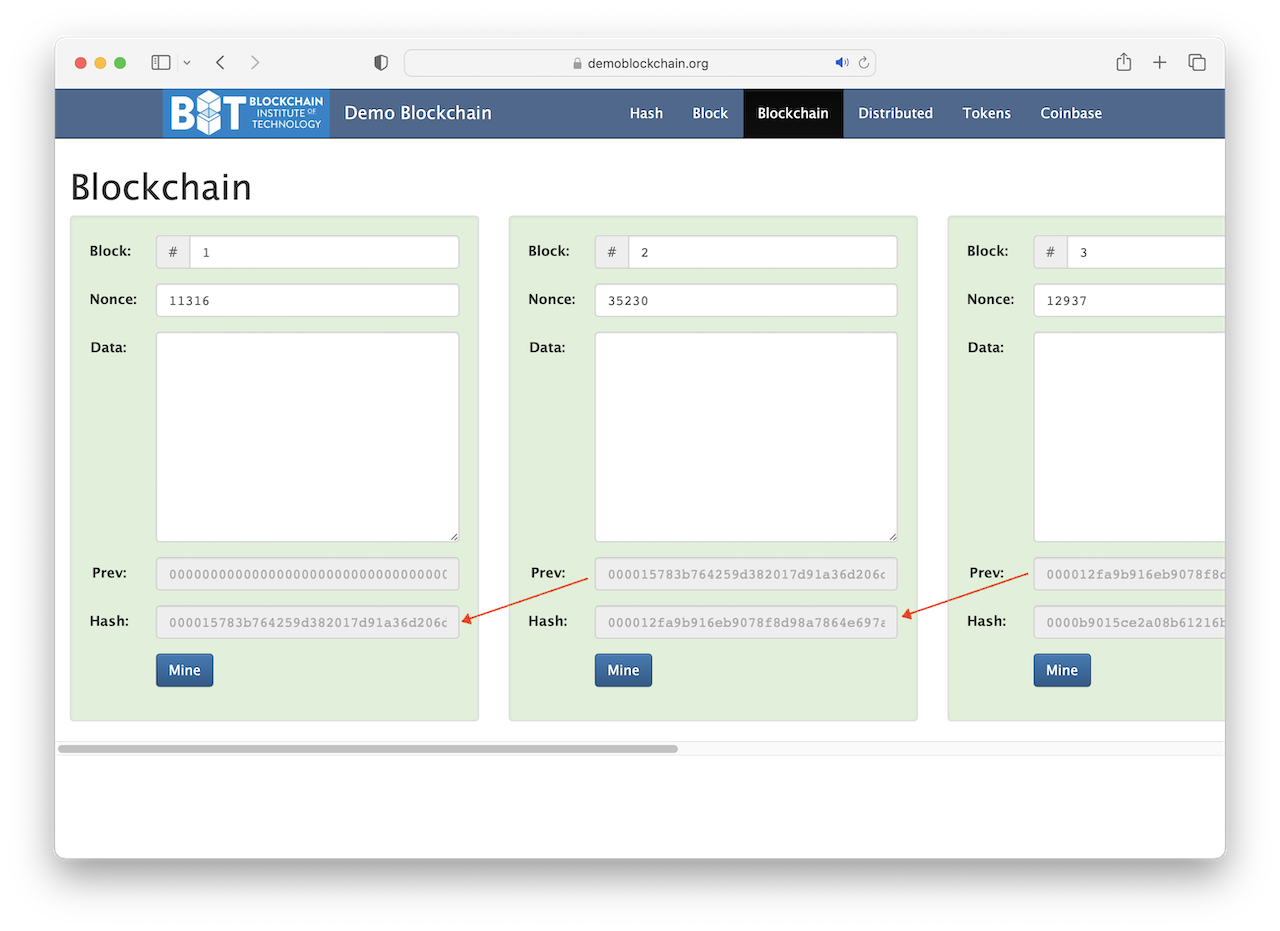Blockchain
The blockchain technology rises from the popularity of cryptocurrencies, such as Bitcoin and Ethereum, which features a decentralized digital ledger system without the need of a centralized trusted authority. Essentially, the digital ledger of a blockchain product is a decentralized database including various information such as blocks, transactions, and payment addresses. There are several layers of bitcoin technology including hardware/infrastructure layer, data layer, network layer, consensus layer, and application layer. Technologies in these layers guarantees the security and performance of blockchain applications.
The data of a blockchain is organized in blocks. Each block includes a header, including the block general information, and the block data, including the transactions. The block header includes the crypto hash of the previous block it’s linked. By this manner, the blocks are linked as a “chain”. In a crypto currency system, such as Bitcoin, the network peers, or nodes, competes to create a new block by calculating a SHA hash code of the block header satisfying a certain condition, for example first few digits of the hash is zero. This process is named as “mining” for a block. The first peer successfully mined a block is privileged to create the new block and broadcast to all peers. Other peers will individually verify the new block is correctly mined. If the new block is verified, all peers will move on to the competition to mine the next block. This process is named the consensus of blockchain. There are many consensus algorithms available such as Proof of Work (PoW), Proof of Stake (PoS), Practical Byzantine Fault Tolerance (PBFT), etc.
Based on the access availability, blockchain systems can also be categorized into permission-less or public blockchains, and permissioned or private blockchains. Popular cryptocurrencies such as Bitcoin and Ethereum are permission-less. A well-known example permissioned blockchain is HyperLedger Fabric.

Demo of blockchain on demoblockchain.org